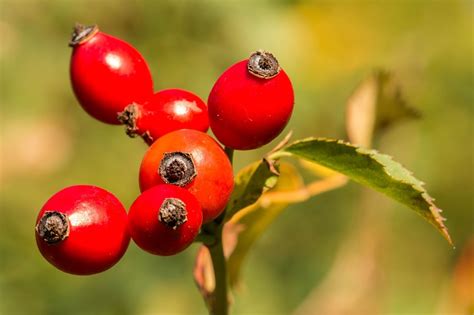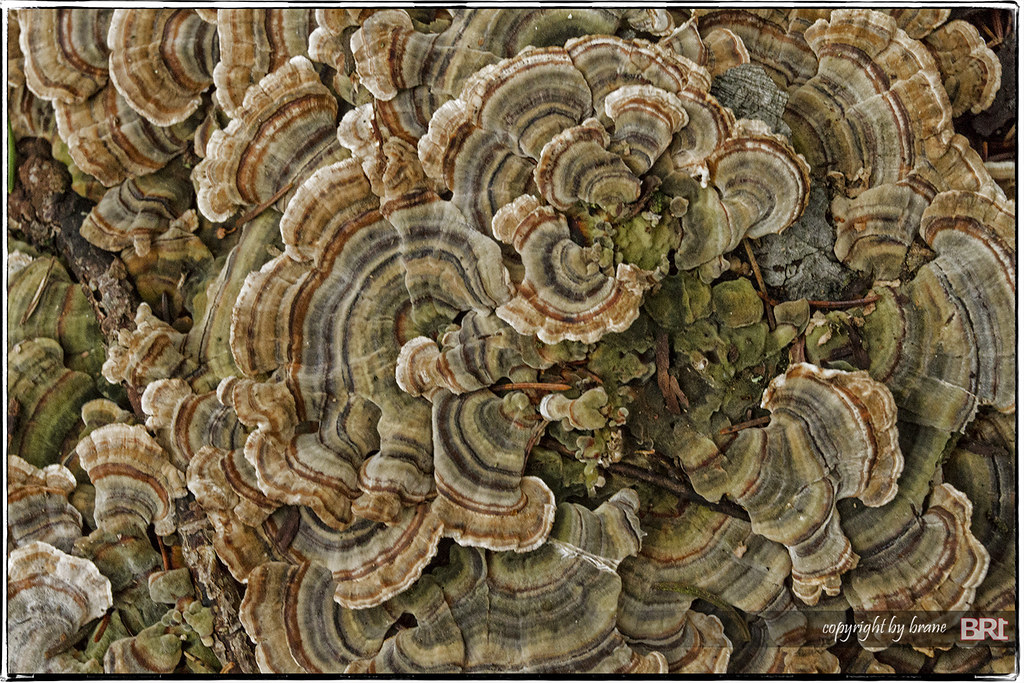What Is a Rose Hip?
Rose hips are the fruit, or seed pods, of rose plants. They are usually red or orange but can be purple or black, and they typically ripen in the late summer or fall.However, if you leave the spent flowers on the rose bush at the end of the season, you should see these small, berry-sized, reddish seed balls left on the tips of the stems. They are ornamental, looking like small crabapples. Rose hips are edible and many birds enjoy them.
Edible Uses for Rose Hips
Both rose hips and rose petals are edible. Roses are in the same family as apples and crab apples, which is why their fruits bear such a strong resemblance to those plants. Rose hips have a bit of the tartness of crab apples and are a great source of vitamin C.1 All roses should produce hips, though rugosa roses—native shrub rose species—are said to have the best-tasting hips. These hips are also generally the largest and most abundant.
Rose hips are an excellent source of vitamin C; I’ve seen references from 8 to 40 times as much C in rose hips as in oranges. Rosehip juice can bind to heavy metals and remove them as well as other toxic products from the body when combined with natural Vitamin C.
WARNING
Don’t use rose hips from plants that have been treated with a pesticide that is not labeled for use on edibles.2 If you’re not sure, it’s best to avoid using any pesticides if you plan to consume the hips.
Rose hips make great jellies, sauces, syrups, soups and seasoning, and even fruit leather. To get a sense of the taste of rose hips, start out by brewing yourself a cup of rose hip tea.
Harvest the Hips
The best time to harvest your rose hips is after the first light frost has nipped the leaves, but before you experience a hard frost that freezes the hips. Light frost helps sweeten the flavor. The hips should still be firm and have good color. Typically, rose hips are red or orange at maturity. Leave the shriveled or dried rose hips on the plants for the birds to enjoy; they won’t be as tasty and may be too mushy to pick. Waiting until after a frost is also good for the plant, since cutting the hips before frost could encourage the rose to send out new growth that will be killed back at the next frost.
Fully ripe hips can often simply be plucked off the rose canes. Or you can clip them off with a knife or scissors. Wear garden gloves to avoid being pricked by the thorns on the rose canes.
Uses for Rose Hips
There are many common ways to use rose hips:
Rose hips can be cooked to extract the juice for jams and jellies. The juice can be strained and used immediately, or frozen for up to a year.
To dry rose hips, spread the hips out over baking trays rays and dry them in an oven or dehydrator set to 110 F until the hips are dry and brittle. When completely dry, store them in airtight jars.
When making jelly, rose hips are often mixed with other fruits, such as apples or cranberries. To extract the juice to make jelly, remove the blossom remnants and stems from the rose hips. Wash the hips in cool water. Add the rose hips to a pan, cover with water, and simmer for 15 minutes. Cool, then strain through a cheesecloth into a container. One pound of rose hips equals about 2 cups of juice.
You can also use fresh or dried rose hips for a simple rosehip tea. You will need about twice as many rose hips if you are using fresh ones. For fresh rosehip tea, steep four to eight rose hips in a cup of boiling water for about 10 to 15 minutes. Don’t use aluminum pans or utensils that could discolor the hips; aluminum also destroys the vitamin C in rose hips. Stainless steel is fine. If you want to try out the flavor of rose hips but don’t have any in your garden or you aren’t up to all the seeding and prep work that is involved, rosehip tea is widely available in many grocery stores.
www.thespruce.com/what-are-rose-hips-and-what-do-they-do-1403046







